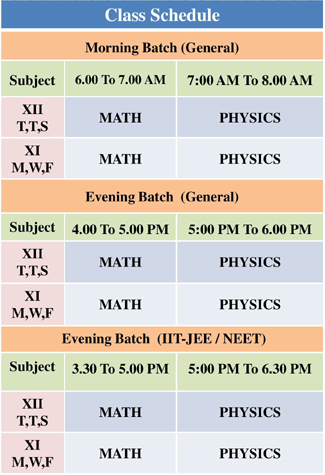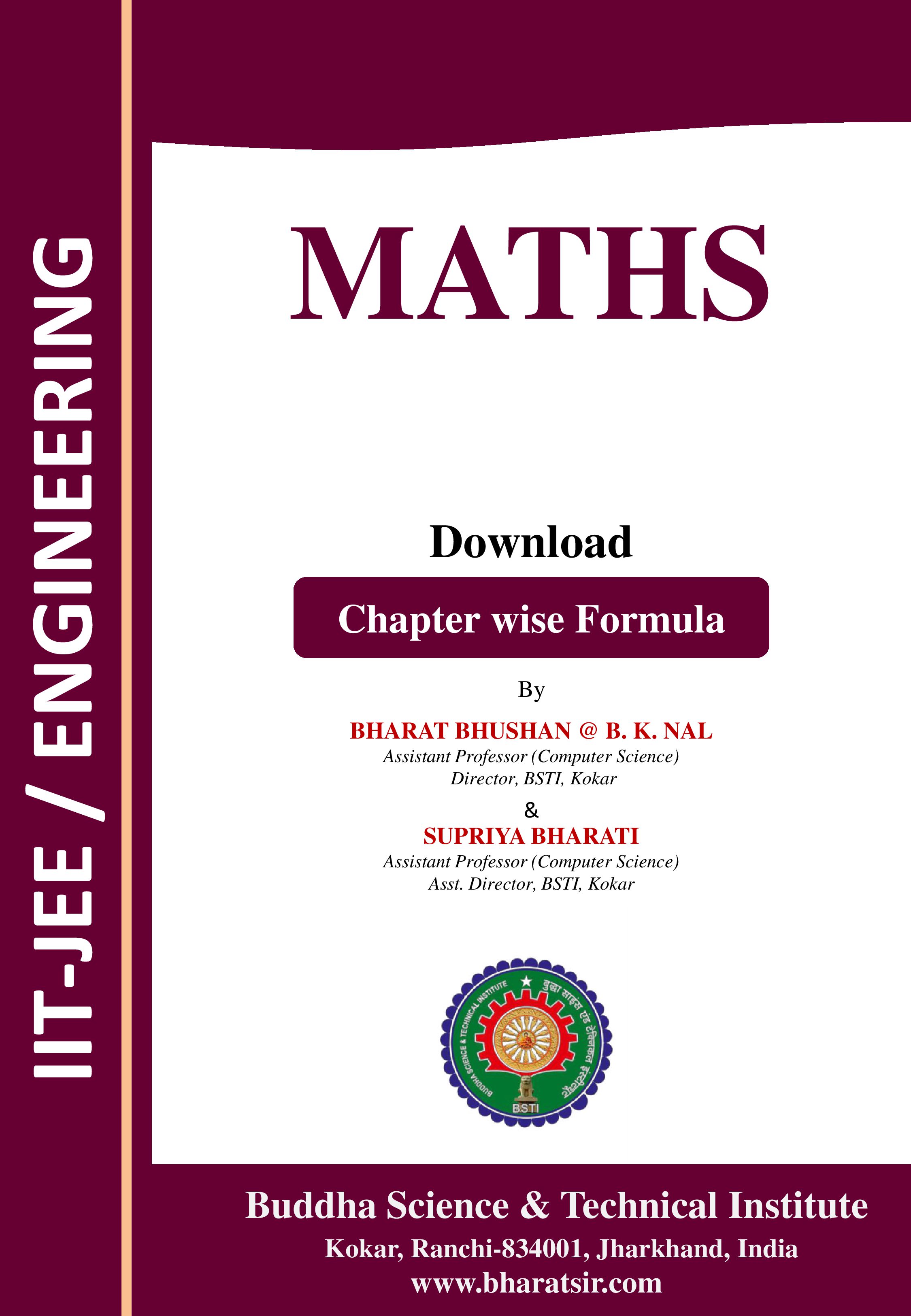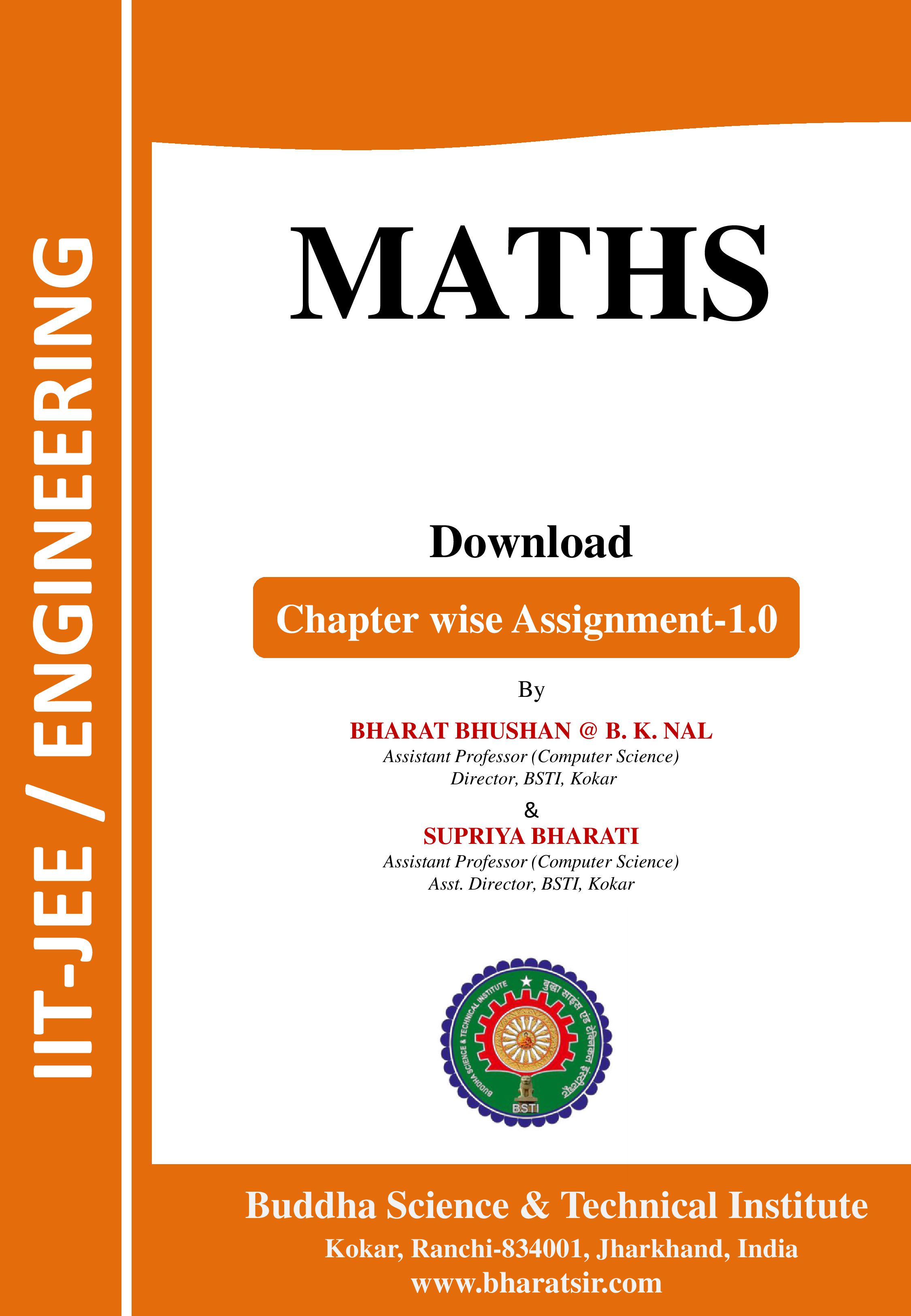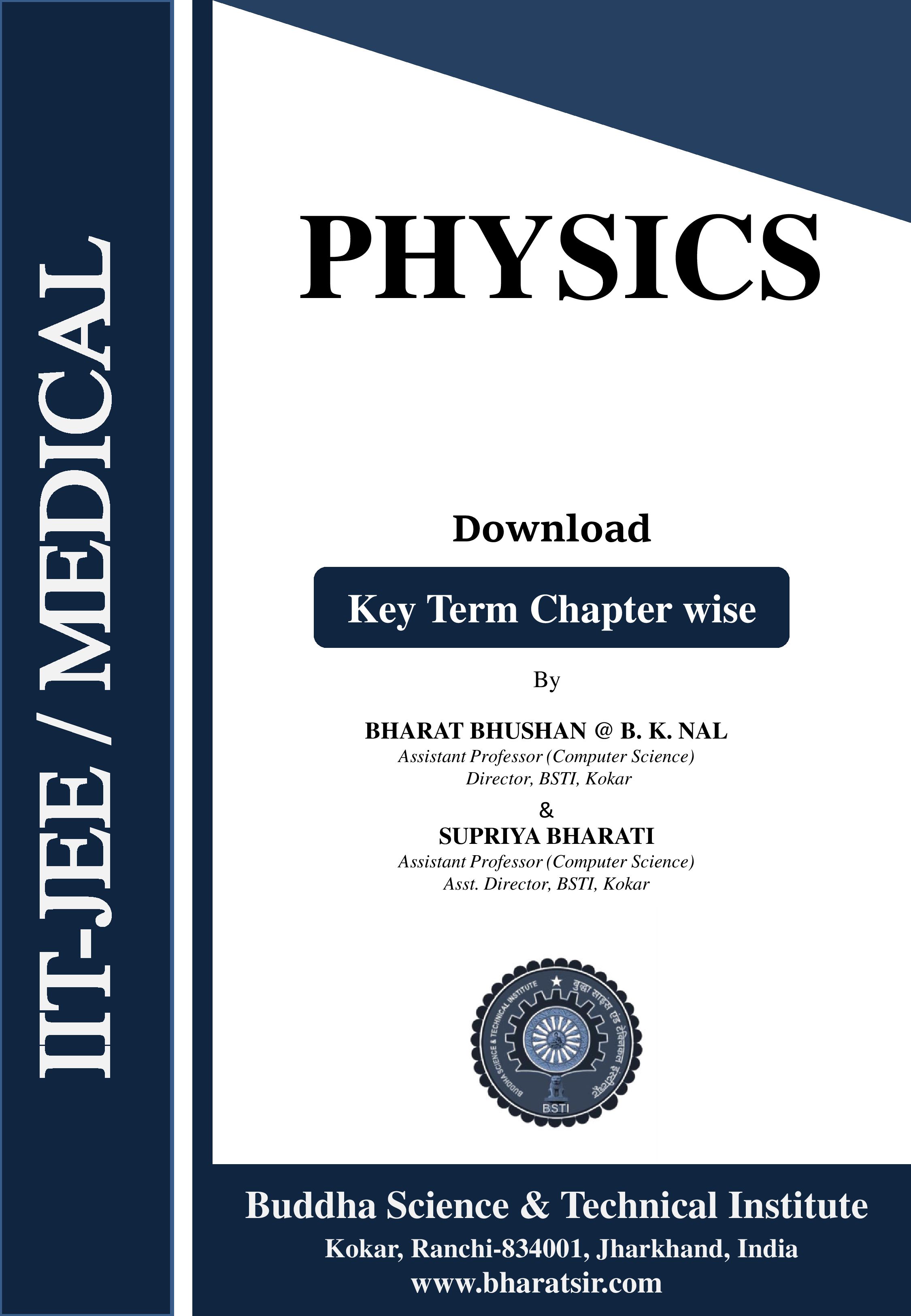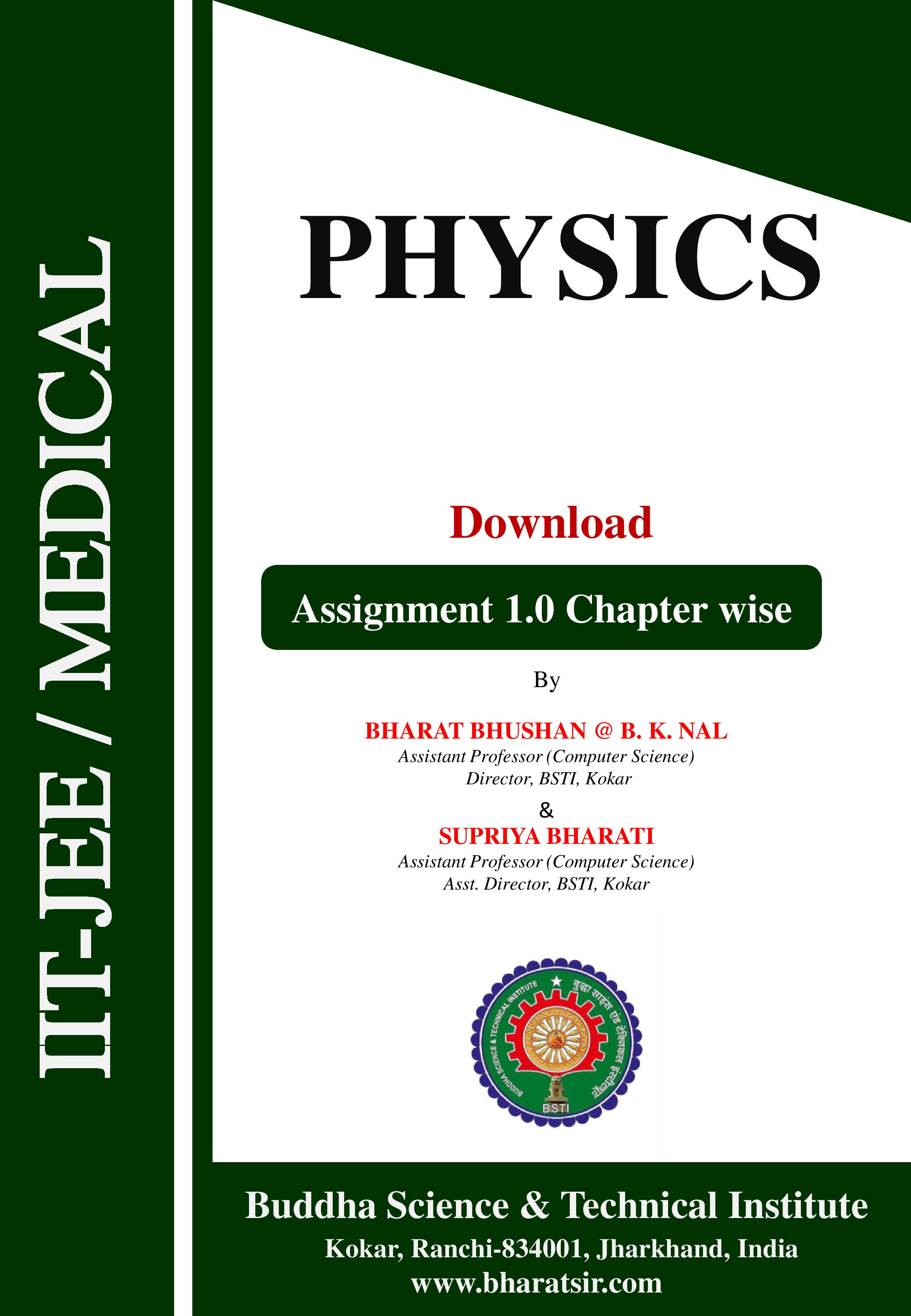गूगल जेमिनी, कोपिलॉट एवं क्लाउड एआई टूल्स की अपनी-अपनी विशेषताएं : डॉ भारत
 23 FEB, 2025 : जोहार लॉर्ड बुद्धा फाउंडेशन द्वारा आयोजित “एआई टूल्स और उसकी विशेषताएं“ वेबीनार में राम लखन सिंह यादव कॉलेज के असिस्टेंट प्रोफेसर डॉ भारत भूषण ने कहा कि वर्तमान समय में लोग जितना आर्टिफिशियल इंटेलिजेंस के टूल्स को जानेंगे उतना ही ज्यादा किसी कार्य को आसानी से कर सकते हैं।
23 FEB, 2025 : जोहार लॉर्ड बुद्धा फाउंडेशन द्वारा आयोजित “एआई टूल्स और उसकी विशेषताएं“ वेबीनार में राम लखन सिंह यादव कॉलेज के असिस्टेंट प्रोफेसर डॉ भारत भूषण ने कहा कि वर्तमान समय में लोग जितना आर्टिफिशियल इंटेलिजेंस के टूल्स को जानेंगे उतना ही ज्यादा किसी कार्य को आसानी से कर सकते हैं।
एआई का एक टूल कई काम कर सकता है, परंतु किसी खास कार्य को वह अन्य टूल्स की तुलना में अधिक बेहतर से कर सकता है। जैसे गूगल जेमिनी एक मल्टी-फंक्शनल एआई टूल्स है, जो टेक्स्ट, इमेज, ऑडियो, वीडियो, कोडिंग, रिसर्च, कंटेंट क्रिएशन, बिजनेस एनालिसिस, हेल्थ और ट्रैवल प्लानिंग में एक्सपर्ट है। इसका उपयोग खासकर स्टूडेंट्स, जनरल यूजर्स, कंटेंट क्रिएटर्स, रिसर्चर्स करते हैं।
इसी तरह माइक्रोसॉफ्ट कोपिलॉट एआई टूल्स मुख्य रूप से ऑफिस प्रोडक्टिविटी, बिजनेस टूल्स, डेटा एनालिसिस और कोडिंग में विशेषज्ञ है। इसलिए इसका उपयोग ज्यादातर बिजनेस प्रोफेशनल्स, ऑफिस कर्मचारी, डेवलपर्स करते हैं।










